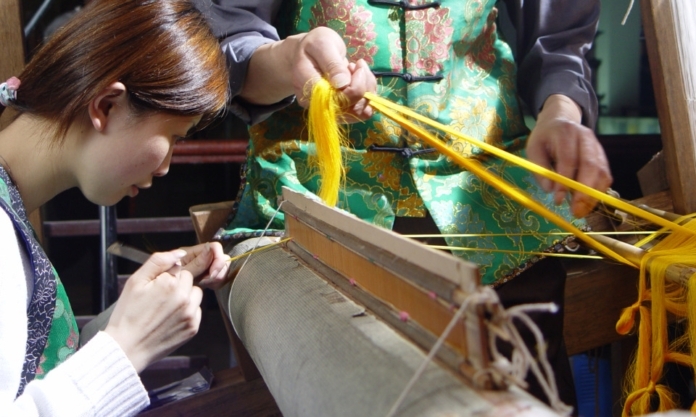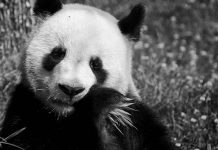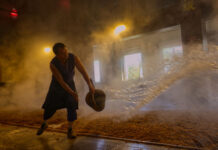With the world today mourning the passing of Queen Elizabeth II, what of Nanjing’s links to royalty? One thing stands out above all else. To some a humble piece of cloth, brocade, an icon of our city, was once only to be worn by a member of the monarchy.
Anyone versed in the art of weaving will know that Nanjing and Brocade go hand in hand. Its inclusion on the Intangible World Cultural Heritage of Humanity list by UNESCO in 2009, officially secured Nanjing’s status as the world’s home of brocade. Nanjing Cloud Brocade (Yunjin), emerged during the Wu Kingdom, in the third century CE; consequently it has a history of over almost 1,600 years.
At the height of its popularity, during the middle of the Qing Dynasty (1644-1911), brocade had become more renowned than any other silk product in China, at the time keeping 300,000 people in employment. The weaving technique was used to produce some of the most famous royal attire, such as dragon robes worn by Chinese emperors. The value of Nanjing’s brocade was immense, with one inch of the noble fabric said to be worth an ounce of gold, making it an exclusive product affordable by only the richest of the rich.
Nanjing’s brocade history was formally established around 417 CE, when Nanjing, then known as Jiankang, experienced an influx of craftsmen, especially brocade weavers from Xi’an, after the local authority, the future Qin Kingdom, was defeated by the Eastern Qin Dynasty. This presence of highly-talented brocade craftsmen who had picked up an impressive skill set from Chinese minorities and possessed national fame led to the formation of a special brocade office and hence the establishment of Nanjing as the city of brocade.
During the Yuan Dynasty (1279–1368), Nanjing’s brocade skills received a luxurious makeover, when the Mongolian rulers of the foreign dynasty brought with them the tradition of decorating officers’ dress with gold and silver. Soon the gold-specked fabrics of Nanjing became popular with aristocrats and minorities alike, resulting in the formation of Nanjing’s monopoly on brocade production. Nanjing brocade was even listed as one of the special royal tributes.
In practical terms, the weaving process requires two craftspeople to operate the upper and lower parts of a complex loom up to 4 metres high to produce textiles. The person sitting at the loom is called a “thread puller”. Their responsibility was to pull the thread in line in the threading sequence, corresponding to commands entered into a computer keyboard of today. The second person would sit on the lower part of the loom. They were known “weaver”. Different songs help them remember different weaving techniques, too complex to simply be memorised without musical help. Therefore you could often hear singing coming from production sites of Nanjing brocade.
Fine materials would be incorporated into the weave, besides gold common additions were silk or peacock feather yarn. However, it is not only the exclusive material that makes Nanjing brocade a hyper-luxury item. Within the course of one working day, only 2cm can be woven, adding additional cost in production time to the price of the fabric itself, thereby making it the most expensive type of silk production in China.
In the 21st century, the popularity of Nanjing Yunjin remains alive and well, ensuring the preservation of the old technique. These days it is often used to produce high-end clothing and souvenirs. Being a brocade weaver in the new millennium however, is not just a matter of creating luxuries, it is a job of historical importance. Nanjing’s modern weavers replicate ancient silk fabrics for researchers and museums, with the backing of the government who have invested up to ¥10 million on the protection and repair of Yunjin.
An example of such historic revival work is the “cloned” dragon robe from the Ming Dynasty (1368–1644). The original was excavated from the Dingling Mausoleum in the Thirteen Ming Tombs but was destroyed as soon as it was exposed to air. With the help of traditional weavers and after three years of hard work, the historical robe was successfully reconstructed in 2009. It is only one of many dragon robes reconstructed by weavers, which can be admired in the Nanjing Cloud Brocade Museum.
Therein lies the importance of modern brocade weavers; they are not only preserving an important cultural technique of the past, but also actively reproducing history for generations to come.
Today, as we remember Queen Elizabeth II, the significance in the remembering of generations-long history is forefront in the minds of many. Nanjing Cloud Brocade’s place in the overall royal scheme of things just got a whole lot stronger.












